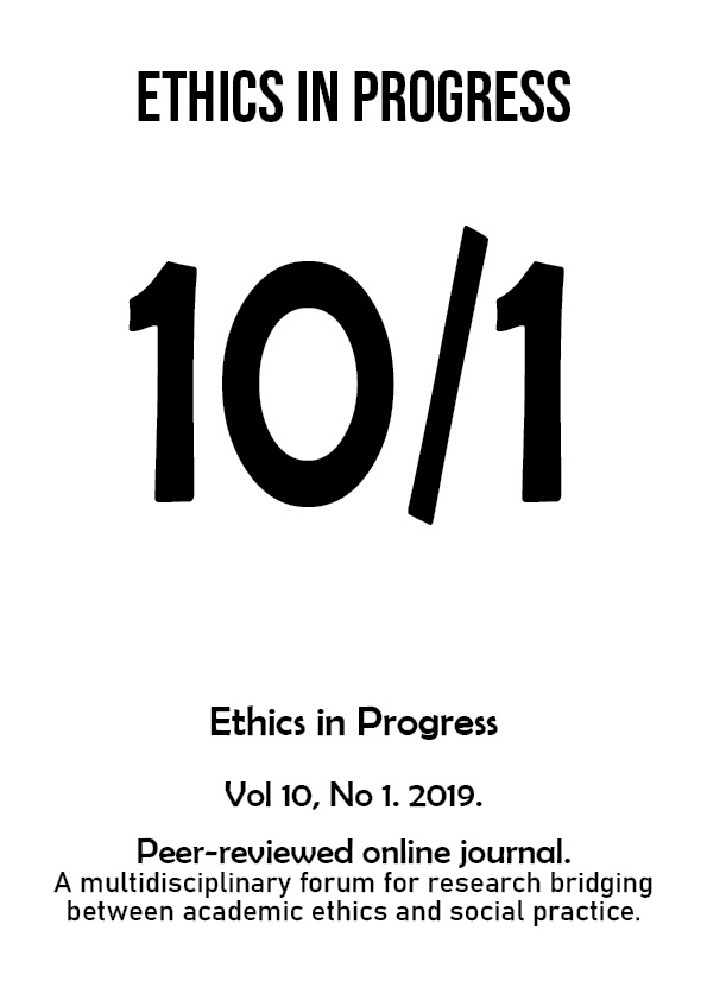Abstract
The following reflections are born from some practical and theoretical trajectories undertook by the writer – already since a few years in my research scope – around philosophy for children/community and philosophical practices. The experience of some activities proposed at the Liceo Vasco/Beccaria/Govone in Mondovì during the Cespec Summer School 2017 around the issue of Humanitas in the contemporary society was recently added to these reflections. It is a theme that engaged us in several experiences of Philosophy for Community. Throughout these gatherings, we proposed a cartographic writing and philosophical approach. In particular, this contribution will explore the concept of children cartography (cartografia d’infanzia), as an occasion of translating the philosophical discourse into a map of a philosophical debate, also mutuating the concept of philosophical confluence considered by Pierpaolo Casarin. The adopted perspective is the transdisciplinary border where human geography, philosophy, and writing, as disciplinary subjects, can confound their identities and boundaries in a space of immanence in the making. Summarizing, we intend to highlight the themes, concepts, and practical propositions around some practical and theoretical research trajectories, current and future, which hold implications for all of us (and for humanity). Such practices allow again – and still – the possibility of orienting and losing oneself thanks to the Humanitas.
References
Antoniazzi A. 2007. Labirinti elettronici. Milano: Apogeo.
Bevilacqua S. & Casarin P. 2016. Philosophy for Children in gioco. Milano – Udine: Mimesis.
Bevilacqua S. & Andersen H. n. 356. Ottobre 2018 – mensile e illustrazione per il mondo dell’infanzia. Contributo dal titolo: Qui e altrove c’è da pensare (e far brulicare le molte domande della filosofia).
Casarin P. 2016. Comunicazione Filosofica 37, accessed 29 March, 2019, https://www.sfi.it/files/download/Comunicazione%20Filosofica/cf37.pdf
Clement G. 2005. „Manifesto del terzo paesaggio”. Quodlibet, Macerata.
Dal Lago A. 1990. “Il pensiero plurale di Hannah Arendt”, aut aut. n. 239-240 (1-10).
Dahl R. 2016. Il GGG, Salani, Milano: Salani.
Fabbrichesi R. 2017. Cosa si fa quando si fa filosofia? Milano: Raffaello Cortina.
Guattarì F. & Deleuze G. 1997. Millepiani. Roma: Castelvecchi.
Harley B. 2006. „Decostructing the Map,” in (a cura di) C. Minca, Introduzione alla geografia postmoderna. Padova: Cedam.
Heller Á. 1980. Teoria dei sentimenti. Rom: Editori Riuniti.
Kristof A. 2005. L’analfebata. Racconto autobiografico. Bellinzona: Casagrande (48-49).
Lee S. 2017. Linee. Mantova: Corraini Edizioni.
Lewis J. P. 2011. L’ultima Spiaggia, illustrazioni di Roberto Innocenti. Milano: La Margherita Edizioni.
Lipman M. 2018. L’impegno di una vita: insegnare a pensare. Milano – Udine: Mimesis.
Schalasky J. 2014. Atlante delle isole remote. Bergamo: Bompiani.
Sini C. 2013. Avvertenza in Scrivere il silenzio, Wittgenstein e il problem a del linguaggio. Roma: Castelvecchi.




